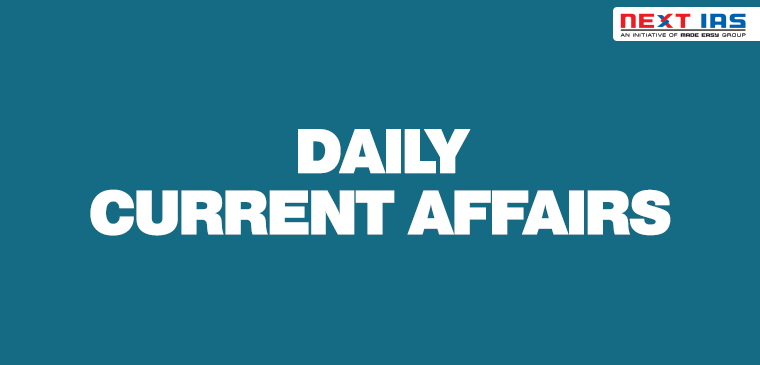
In News
Recently, India has virtually hosted a Meeting of BRICS Finance Ministers and Central Bank Governors.
Key Highlights of the Meeting
- Chaired by: Jointly by the Union Minister for Finance and Corporate Affairs and the Governor of Reserve Bank of India (RBI).
- This was the first meeting of the BRICS Finance Ministers and Central Bank Governors under India Chairship in 2021.
- Participants: Finance Ministers and Central Bank Governors of the BRICS countries.
- Discussions on
- Financial cooperation agenda set by India for 2021-Global Economic Outlook and Response to Covid-19 pandemic.
- New Development Bank (NDB) Activities.
- Social Infrastructure Financing and Use of Digital Technologies.
- Cooperation on Customs related issues.
- International Monetary Fund (IMF) reforms.
- Fintech for Small and Medium-sized Enterprises (SME) and Financial Inclusion.
- BRICS Rapid Information Security channel and BRICS Bond Fund.
India’s Stand and Support
- India’s approach is focused on strengthening intra-BRICS cooperation based on Continuity, Consolidation and Consensus.
- India emphasised the importance of BRICS in responding to the Covid-19 crisis through policy support and enhancing international coordination.
- The world’s largest vaccine drive by India is currently ongoing under which India has supplied 64.5 million vaccine doses to 84 countries.
- On the importance of social infrastructure and use of digital technologies, India highlighted the merit in engaging with the private sector and exploring the innovative financing models.
- The Prime Minister’s Health Insurance Scheme (also called the PM-Jan Arogya Yojana) using an output-based funding model has triggered a major private investment cycle in health-care infrastructure, enabling significant expansion of health-care services to vulnerable citizens.
- India suggested thematic priorities for NDB and the issues of membership expansion and also called for greater coordination among BRICS member countries on the issues of 16th general review of Quotas of IMF to give more say to developing countries.
- As per an IMF resolution, the 16th General Review of Quotas should be concluded by 15th December 2023.
- Any adjustment in quota shares would be expected to result in an increase in the share of emerging markets and developing countries as a whole, while protecting the voice and representation of the poorest members.
- On the BRICS priorities and agenda for 2021, India informed that the efforts should be made towards delivering outcomes that reflect the needs and aspirations of BRICS in particular and emerging markets and developing economies in general.
|
BRICS
(Image Courtesy: UKIBC) |
Source: PIB
Previous article
RBI extends fresh support of Rs50,000 cr. to NABARD
Next article
Facts in News
